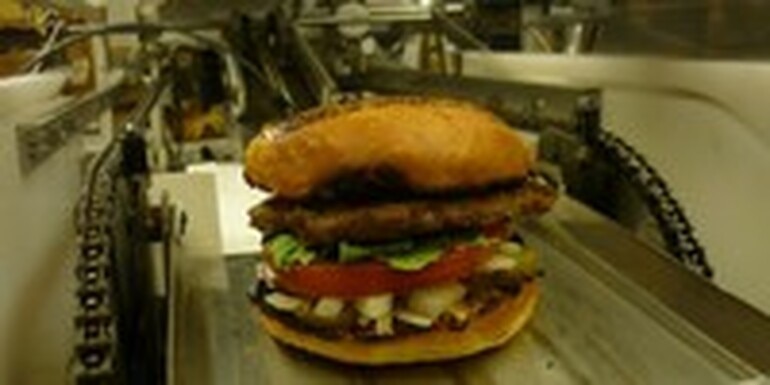A hot topic in the restaurant industry today is the ever-rising cost of labor. With 14 cities, counties, and states having approved a $15 minimum wage, there are cries coming in about how this will affect the bottom-line, make eating out unaffordable, and kill the variety of restaurants in cities. Looking past all of the hysteria, the successful operator will keep calm, and weigh their options to face the coming increase in wages.
For most operators that have already stood in the face of wage hikes, the easiest answer was to raise menu prices. Others decided to take the opportunity to re-format their restaurant’s entire wage structure. Restaurants, such as Homestead, Dopo, and Camino in Oakland, CA and Comal in Berkeley, CA have eliminated tipping and have incorporated the average tip amount (around 20% of the total bill) to the line item charge for each dish on their menus, while others in their area have decide to add a mandatory service charge to their bill, which is split up between back and front of house workers.
As opposed to raising prices, some operators are looking at ways to cut costs as a solution to increasing costs. Automation has become an enticing option for a number of restaurants to help cut out some laborious functions entirely. Chains like Applebee’s and Chili’s have already rolled out thousands of tablets that facilitate ordering food, getting another round of drinks, and paying the tab all without ever having to talk to a waiter. Companies like Momentum Machines based out of San Francisco, notorious for its high minimum wage, are also developing technology for the quick-service segment that would fully automate the production of burgers, obviating the worker making them.
Another, less thought about way to try and cut down labor costs, is to invest more in your labor. Hire only the best to work with you, this way you aren’t wasting your time and capital training somebody new who will only be around for a couple weeks. Getting good employees from the beginning can help cut turnover rates and boost productivity and profitability. Speaking of boosts in productivity, it may be wise to offer things like health insurance, 401Ks, or other benefits to get more buy-in from employees.

